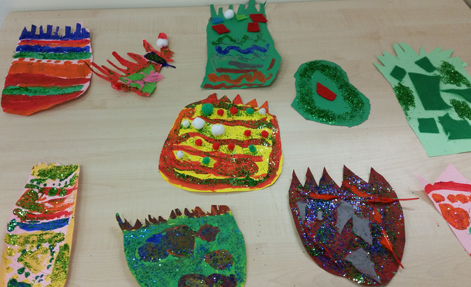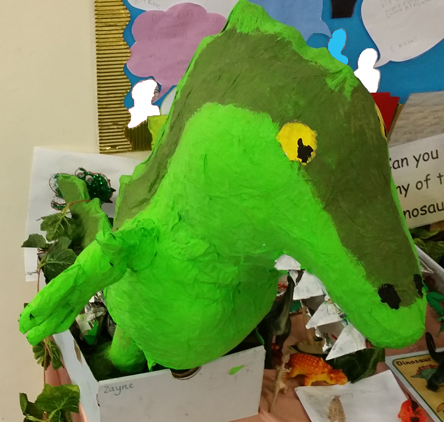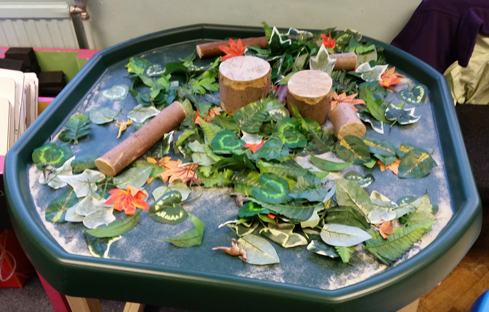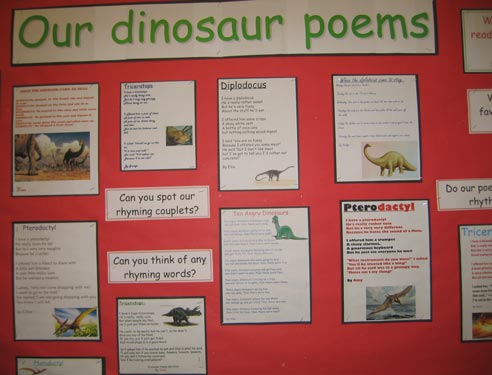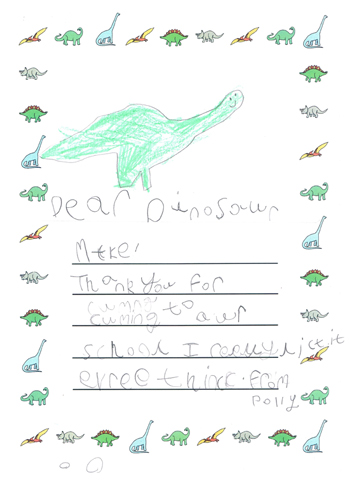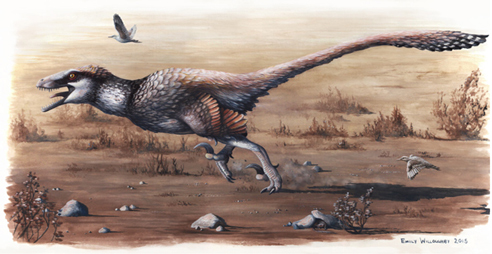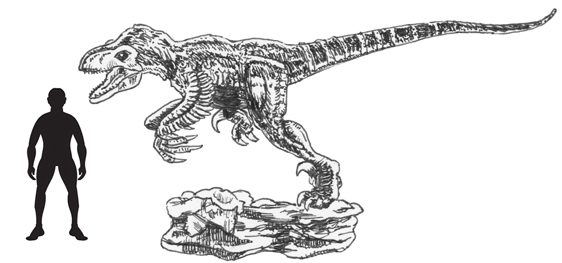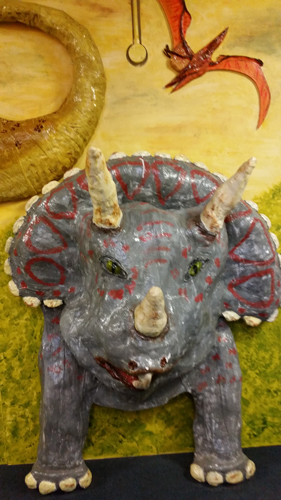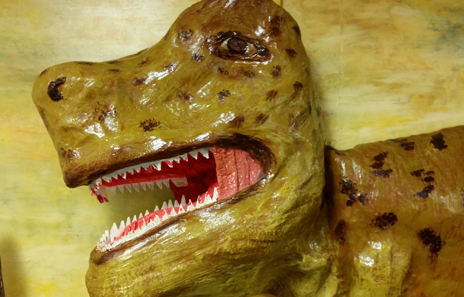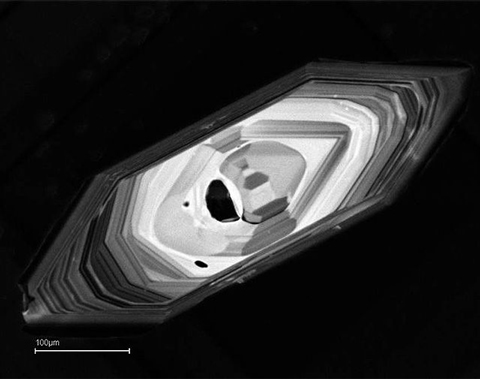Articles and blog posts that examine general teaching topics and school activities.
Special Dinosaurs with Ysgol Parc Y Llan
Deinosoriaid ar Droed (Ysgol Parc Y Llan)
Pupils at Ysgol Parc y Llan, a school in picturesque Flintshire (North Wales), have been tracking down dinosaurs and their fossils during the second half of the autumn term. Under the enthusiastic tutelage of the class teachers Miss Lewis-Jones and Mrs Arkinstone, the budding young palaeontologists in the Reception and Nursery class, in collaboration with the dinosaur fans in the mixed class of Year 1 and Year 2 have been studying dinosaurs and other prehistoric animals.
Dinosaurs and Prehistoric Animals – A Time Machine
There were lots of colourful artwork on display in the well organised classrooms, the children in the Reception/Nursery class had even been exploring how long ago dinosaurs lived.
Dinosaur Themed Time Travel
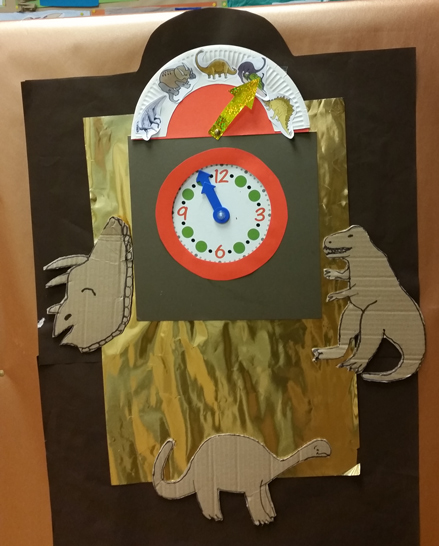
The Ysgol Parc Y Llan time machine. Schoolchildren learn about dinosaurs. Picture credit: Everything Dinosaur.
Picture credit: Ysgol Parc y Llan/Everything Dinosaur
The clock concept can help children become more confident with numbers. It can assist the children with learning to tell the time.
Visit Everything Dinosaur’s website: Everything Dinosaur.
Dinosaur Workshop
Prior to the morning of dinosaur themed activities with the two classes, the fossil expert from Everything Dinosaur was able to take some photographs of the children’s work. The teachers, with the able assistance of Mrs Lewis (Nursery Nurse) and Mrs Martin (Teaching Assistant) had devised a very creative and enriching scheme of work. The displays featured lots of evidence of independent learning.
Children Explore Different Materials to Make Prehistoric Animal Pictures
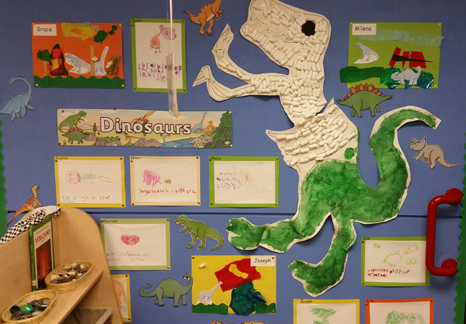
An impression dinosaur and prehistoric animal themed display at Ysgol Parc Y Llan. Picture creidt: Everything Dinosaur.
Picture credit: Ysgol Parc y Llan/Everything Dinosaur
Workshop Aims
The aim of the two workshops conducted by Everything Dinosaur was to reinforce the learning that had already taken place and to enthuse the children (and teachers) for the rest of the autumn term. The extension activities and additional resources provided by Everything Dinosaur, which were geared towards literacy and numeracy objectives, certainly went down well and the team members at the Cheshire based company are looking forward to seeing more of the children’s work.
Contact Everything Dinosaur to learn about our outreach work: Email Everything Dinosaur.
During the Dinosaur Workshops How to Describe Dinosaurs Using Adjectives was Explored
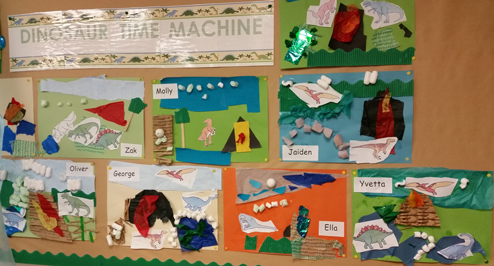
A colourful dinosaur and prehistoric animal display spotted in a classroom. Picture credit: Everything Dinosaur.
Picture credit: Ysgol Parc y Llan/Everything Dinosaur
A Planned Scheme of Work
As part of the planned scheme of work, the teaching team intend to set aside a small area of each classroom so that the children can construct their very own dinosaur museum. They can show off all their research and the results of the “pinkie palaeontologist challenges” that our fossil expert set them.
Looks like Wales has dinosaurs as well as dragons.


